5th Grade Teacher, Mays Chapel Elementary School
One misconception that we often hear about students using computers is that the 1:1 devices take away from the important social and emotional learning usually found in elementary school. The idea is that children who are sitting in front of a computer all day are isolating themselves within a digital world.
At Mays Chapel, I have found that the opposite is true. Collaboration is happening more often than ever. Students can often be found sitting close together, devices open, talking about what they have learned.
The STAT program has never been solely about the devices. It has never been about giving the students a computer and having them work independently for the majority of their school day. STAT is about the transformation of teaching and learning. It’s about making learning more accessible to students. It’s about giving students choices. It’s about preparing them for the future by making them problem solvers and creators. When students have these choices and opportunities, they are actually more likely to want to share their ideas with others.
Samantha Amato, a third grade teacher at Mays Chapel, notices the effect that her devices have on her students’ interest and engagement. “Seeing their work in a digital format gives students and audience and makes the work more authentic, so they are more likely to want to collaborate on a project because of the pride they have in their work.” As a result, human interaction and collaborative connections are not replaced by technology; they are fostered by it.
So how do students at Mays Chapel communicate and share their ideas? Several traditional cooperative learning techniques are used and enhanced by the opportunities the technology provides.
Jigsaw method: In my classroom, for example, there might be a time when the students are working in a group on something, such as a research project. Each group member might be responsible for a different aspect of the research. Using tools like OneNote for notes, students can then bring their devices to easily share what they have learned to their collaborative group. The devices make this easier because of their compactness; anything they would want to show their partners or classmates is right in front of them. Switching back and forth from notes to resources allows the students to share how they got their information for clarification.
Collaborating in person with devices: Mrs. Amato often has her students working in small groups with each child on his or her own device. “One student might have a text resource open, while another student has the product they are working on open on a separate device.” While students all have their own devices, occasionally it is easier for students to use one centralized computer to gather or record information. This allows the students to become more familiar with tools and resources that they might not be ready to use independently.
Using tech tools to collaborate: If you were to ask any teacher at Mays Chapel which tools he or she uses the most in the classroom, the answers would not consist of computer games. Instead, the most common tech tools we use encourage collaboration and communication: Padlet, Kidblog, OneNote’s collaborative space, just to name a few. The technology makes sharing easier with tools like these that update in real time as students compose and edit responses. After the students share their ideas online, face to face whole group and small group discussions are often used to further share and refine the ideas that were shared online, giving the students more opportunity to communicate with each other.
When the technology is placed in the hands of every student and teacher, we as teachers must give the students even more opportunities to work together. Our students are realizing that tech tools do not replace quality teaching and learning; they enhance it.

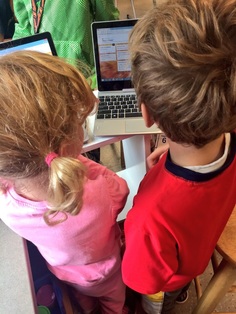
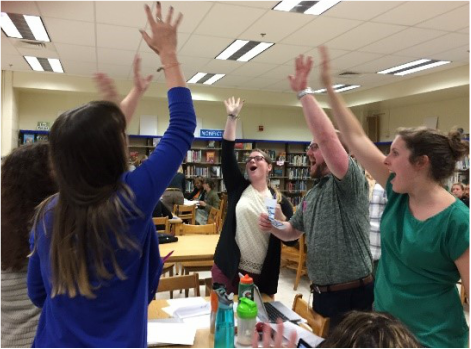
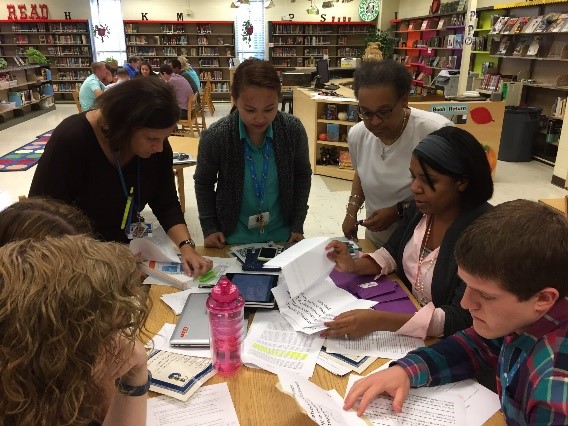
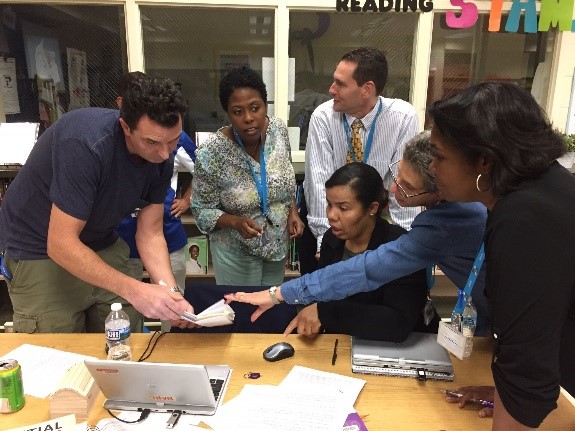
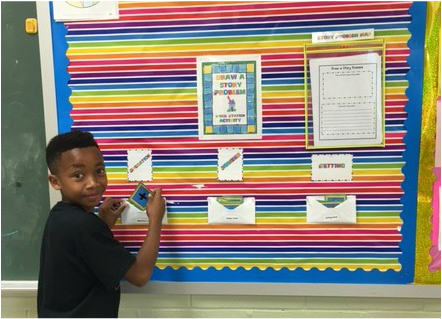
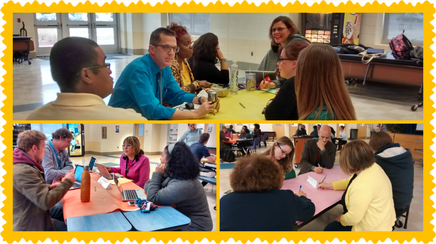
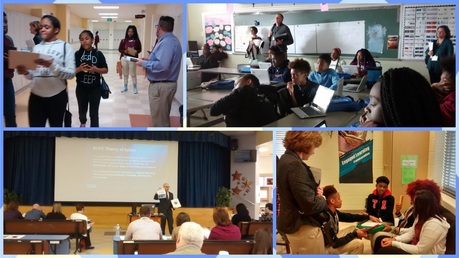
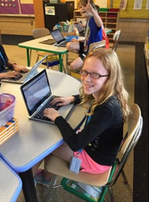
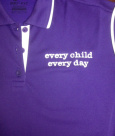
 RSS Feed
RSS Feed
